Ever wondered why your cat won’t stop meowing—especially when it seems like you’ve done everything right? If your feline friend suddenly sounds more like a chatty parrot than a quiet companion, you’re not alone. Cat meows can be mysterious, frustrating, and even worrying for pet parents. This article breaks down the secrets behind all those cat meowing sounds and offers real solutions to restore tranquility to your home. Ready to unlock the language of your vocal cat?

Unraveling the Mystery: Why Is My Cat Meowing So Much?
If you’ve caught yourself asking, “Why is my cat meowing so much?” you’re not alone—you’re among thousands of cat owners searching for answers every day. Cat meowing is natural, but when it turns into meowing excessively , something more could be at play. Cats meow to communicate a variety of needs, emotions, and even medical conditions with us. Decoding your cat’s vocal habits is the first step toward solving the behavior and deepening your bond.
Understanding the common reasons why cats meow a lot —from seeking attention to battling health issues—can make the difference between a restless night and a peaceful household. We’ll guide you through the science behind your cat’s meows, explore common triggers, and arm you with expert-approved solutions to stop meowing when it crosses the line. Let’s dive into the secrets your loud kitty wants you to know!
-
The science behind cat meows and excessive meowing
-
Most common reasons why cats meow excessively
-
Expert-recommended solutions and troubleshooting tips
-
When to consult a veterinarian for persistent cat meowing
-
How to calm your cat and restore peace in your home
Understanding the Cat Meow: The Language of Feline Communication
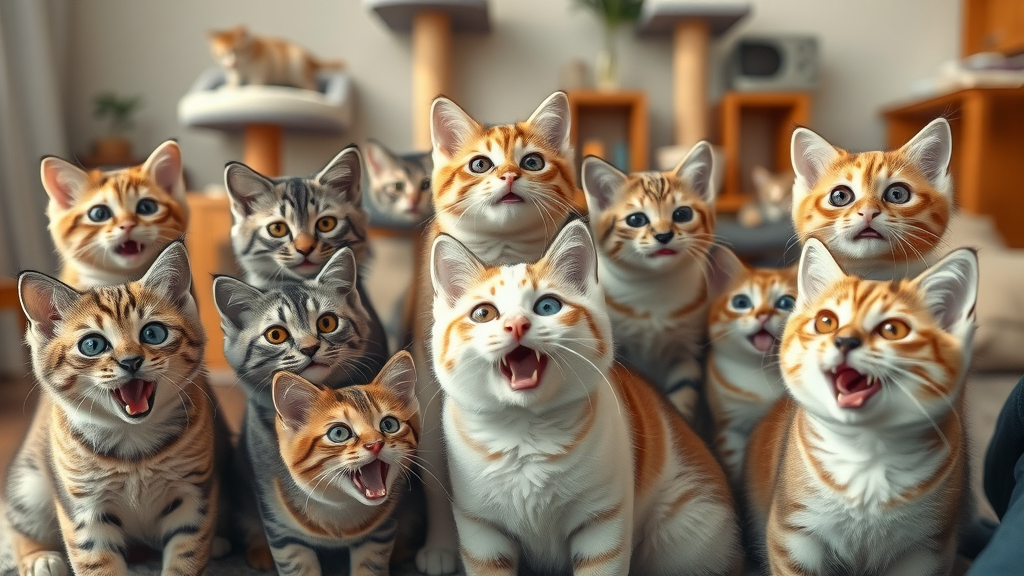
The Science Behind Cat Meowing: Why Do Cats Meow?
Cat meows aren’t just random noises—they’re a specialized form of communication designed mostly for humans, not other cats. While kittens meow to attract their mom’s attention, mature cats rarely use this vocalization with each other. Instead, cat meowing is their way to interact, demand, or signal to their human caretakers. Scientists believe that cats evolved their meows to manipulate our responses, ensuring their meals, affections, and comforts are met.
The pitch, duration, and frequency of a cat meow each carry meaning. Short, chirpy meows might mean your cat is happy to see you, while long, drawn-out yowls could suggest distress or even pain. Not every cat will meow at the same rate or for the same reasons—personality, breed, and environment play major roles in how loud and frequent your cat is meowing . So, any spike in vocalizations is your first clue to pay attention to what they’re trying to tell you.
"Cats rarely meow at each other beyond kittenhood. Their vocalizations are reserved for communication with humans." – Dr. Susan C, Feline Behaviorist
The Different Types of Cat Meows: What Is Your Cat Trying to Tell You?
Not all meows are created equal. If you listen closely, you’ll hear your cat expressing everything from excitement to irritation. Some cats develop an entire “vocabulary” of sounds unique to their interactions with you. Recognizing the tone and repetition of different cat meows is essential in deciphering your pet’s needs. For instance, repeated cat meowing may signal a demand for attention, while a single long yowl could be a plea for help or an indicator of pain.
Here’s a helpful guide to some typical cat meow types and what they might mean:
|
|
|
Table: Common Cat Meow Types and Their Meanings |
|
Meow Type |
Description |
Possible Reason |
|---|---|---|
|
Chirp/Trill |
Short, high-pitched sound |
Greeting or excitement |
|
Long, Drawn-Out |
Prolonged meow |
Demand or pain |
|
Repeated Meowing |
Frequent, persistent meows |
Attention-seeking |
|
Loud Yowling |
Deep, resonant |
Discomfort, mating |
Top Reasons Why Is My Cat Meowing So Much? Causes of Excessive Meowing
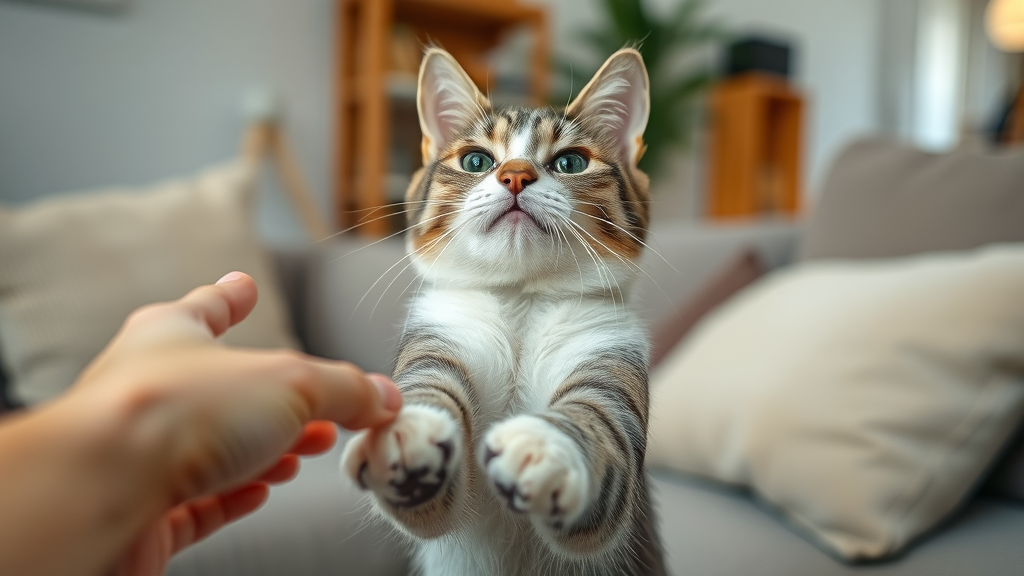
Attention-Seeking: Is Your Cat Meowing Excessively for Affection?
One of the most common reasons your cat is meowing is simply a desire for social interaction. Some cat breeds —like Siamese, Burmese, and Cornish Rex—are notorious for being chatty. But even more reserved kitties can suddenly start meowing excessively when they feel lonely, bored, or want to play. Cats are creatures of habit; if you typically engage with your cat every morning and skip a day, expect a chorus of meows in protest.
Recognize when your cat’s meowing is a request for attention versus another underlying cause. If a quick cuddle session, playtime, or simple acknowledgment calms your kitty down, then you’ve likely solved the riddle. When ignored, a cat may escalate—or in some breeds of cats , persist more intently. But if extra interaction doesn’t stop the noise, continue reading for other possible triggers.
Hunger, Thirst, or Food-Related Cat Meowing
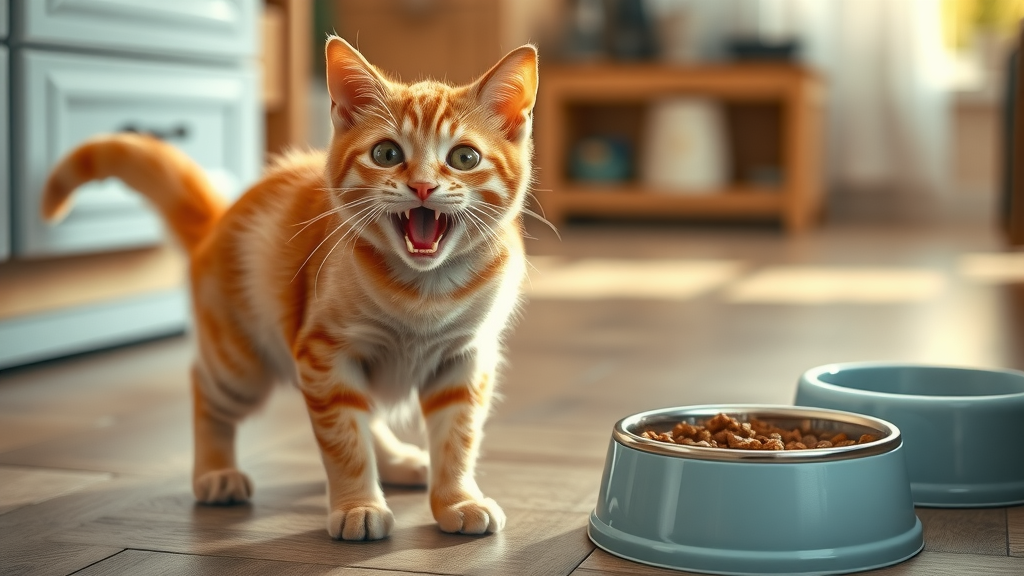
Nothing motivates a cat to meow excessively like an empty food bowl or dry water dish. Cats learn to associate their meows with getting what they want from their humans. When your cat meows insistently near mealtime, they might be communicating hunger, thirst, or a preference for a certain treat. Some cats will persistently vocalize until you check their food and water bowls—even if they’re half full, since freshness matters to picky felines!
Ensuring that your cat’s feeding schedule and water bowl routine are consistent can drastically reduce meowing a lot related to hunger or thirst. Puzzle feeders and scheduled meals can satisfy both their needs and their desire for mental stimulation, curbing much of the “meal-time meowing.” However, sudden or unrelenting meows for food can hint at underlying digestive or metabolic issues—so if you notice weight loss, vomiting, or changes in appetite, contact your vet promptly.
Litter Box Issues and Persistent Cat Meows
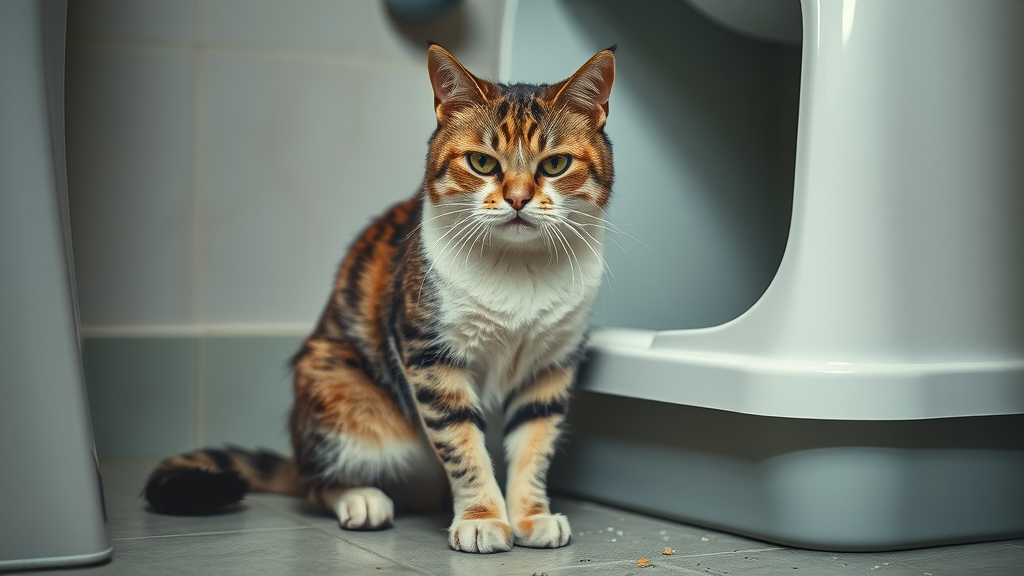
A neglected litter box is a surefire reason for a spike in excessive meowing . Cats are fastidious about cleanliness—and a dirty, full, or smelly litter box may cause your pet to meow persistently until the issue is addressed. Changes in the type of litter, location of the box, or even household cleaning agents can also trigger vocal protests from your feline. In multi-cat homes, litter box disputes can result in meowing wars between companions.
Always check the litter box first if your previously quiet cat suddenly becomes a chatterbox. Regular cleaning, providing extra boxes, and maintaining familiar scents help reduce anxiety around elimination. If frequent bathroom-related meows persist and your cat struggles to “go,” this could indicate a medical condition like urinary tract infections or kidney disease—both of which require immediate veterinary evaluation.
Stress, Anxiety, or Environmental Triggers
Changes in your household—new pets, visitors, loud noises, or moving furniture—can spook even the most confident cats. Stress is a major cause of meowing excessively . Anxious cats often vocalize at night, during storms, or in response to family fights or construction noise. Young kittens and an older cat may react more to environmental triggers simply because they feel less in control.
Providing more cozy, elevated hideouts, using pheromone diffusers, and establishing predictable routines can help stop meowing caused by anxiety. If your cat’s meows spike when left alone, separation anxiety may be to blame. Patience, interactive toys, and gradual desensitization to alone-time are key to reducing these vocal outbursts. If your efforts don’t help, consult a feline behaviorist for more targeted strategies.
Medical Issues Causing Excessive Meowing in Cats
"A sudden change in vocalization patterns can be a red flag for health issues." – Dr. Jenna S, Veterinarian
Persistent or sudden-onset meowing isn’t always behavioral—sometimes it’s your cat alerting you to medical conditions . Pain from dental disease, arthritis, or trauma can lead to excessive meowing . Other possibilities include hyperthyroidism, high blood pressure, kidney disease, or even cognitive dysfunction in senior cats.
Whenever your cat’s vocal patterns suddenly change with no clear cause, it’s critical to rule out health issues. Any meowing excessively paired with weight loss, increased water drinking, vomiting, or changes in litter box habits calls for a veterinary exam. Left unchecked, serious medical problems can worsen quickly—never ignore your cat’s cries for help.
Health Problems Linked to Excessive Meowing: When to Worry
Common Medical Conditions That Cause Cats to Meow Excessively
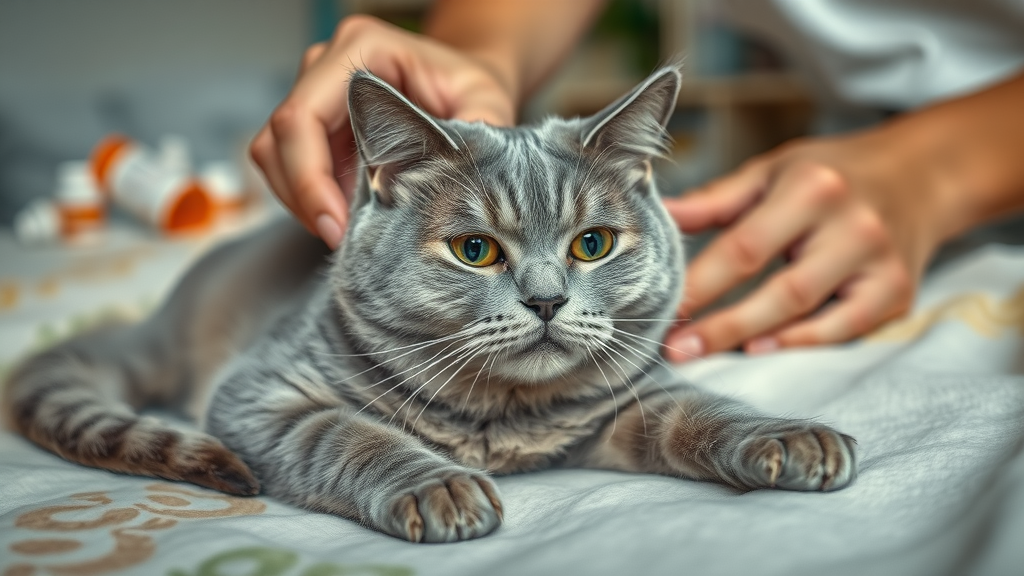
Cats can’t tell us directly when something hurts—but excessive meowing is often their way of signaling pain or illness. Kidney disease , urinary tract infection, overactive thyroid, and diabetes are among the most common medical causes of cat meowing in middle-aged and senior cats. Acute pain from an injury, dental problem, or gastrointestinal discomfort may also prompt sudden vocal outbursts.
Young, adult, and older cats can develop medical issues that affect how much they meow excessively . Look for other symptoms like appetite changes, trouble walking, frequent trips to the litter box , or drinking more at the water bowl. If your cat is meowing loudly at night, it may be a sign of cognitive dysfunction or discomfort from chronic illness—both require prompt vet attention and special home care strategies.
Cognitive Dysfunction & Older Cats: Senior Cat Meows
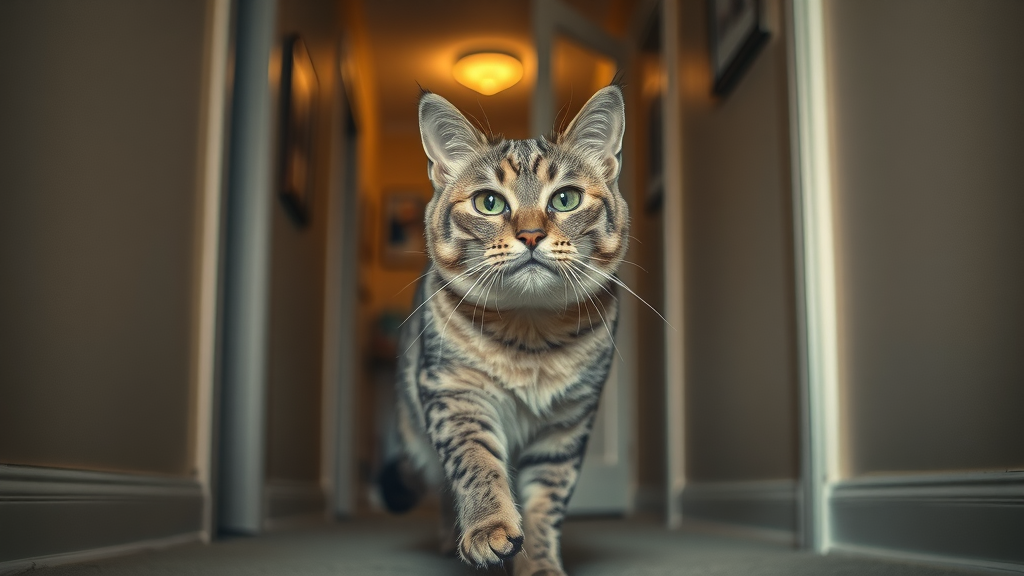
As cats age, they can develop cognitive dysfunction syndrome (CDS)—similar to dementia in humans. Older cats with CDS may become confused, disoriented, and meow incessantly, especially during dusk or in the middle of the night. This behavior is particularly noticeable if your senior cat wanders about while meowing, seems confused by familiar environments, or has disrupted sleep cycles.
For senior cats with suspected cognitive dysfunction, maintaining a predictable routine, providing nightlights, and minimizing environmental changes can lessen anxiety-driven cat meowing . Special diets, medications, or supplements may also be prescribed by your veterinarian to support brain health and reduce agitation in older cats . Early intervention is crucial for keeping your senior kitty comfortable and communicative—but not excessively vocal.
When to Consult the Veterinarian for Cat Meowing Issues
Not every vocal outburst needs a vet visit, but there are clear warning signs. If your cat’s meowing excessively is paired with weight loss, loss of appetite, lethargy, vomiting, diarrhea, or sudden behavioral changes, make an appointment immediately. Monitor for symptoms like limping, difficulty jumping, grooming neglect, sudden aggression, or excessive sleeping—these red flags warrant veterinary diagnostics.
Remember, you know your cat best. If anything seems “off” about your pet’s meows, play it safe and call your vet. Catching health problems early can make all the difference for your furry family member.
Cat Breeds and Natural Vocalization: Are Some Cats Meowing More Than Others?
Famous Chatty Breeds: Siamese, Maine Coon, and More
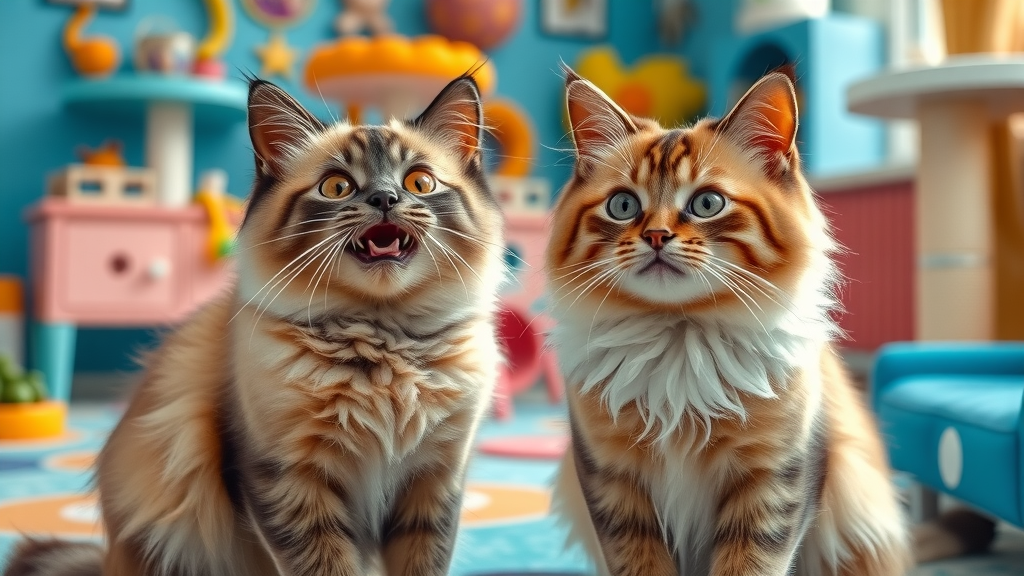
If you’re concerned that your cat meows more than others, breed may be a key factor. Some breeds of cats are genetically more inclined to vocalize. Siamese cats are famous for their constant chatter and distinctive, raspy voices. Maine Coon cats commonly use chirps, trills, and “conversations” to interact with their humans.
Other naturally talkative cat breeds include the Bengal, Oriental Shorthair, Burmese, and Sphynx. These breeds thrive on interaction and may develop attention-seeking vocal behaviors if their social and environmental needs aren’t met. If you adopt a chatty breed, enrich their lives with toys, window perches, play sessions, and positive training to channel that energy into happy, healthy communication.
Male Cat Meowing: Unique Reasons for Vocalizations
Male Cats and Yowling: Mating Calls, Territory, and Behavior
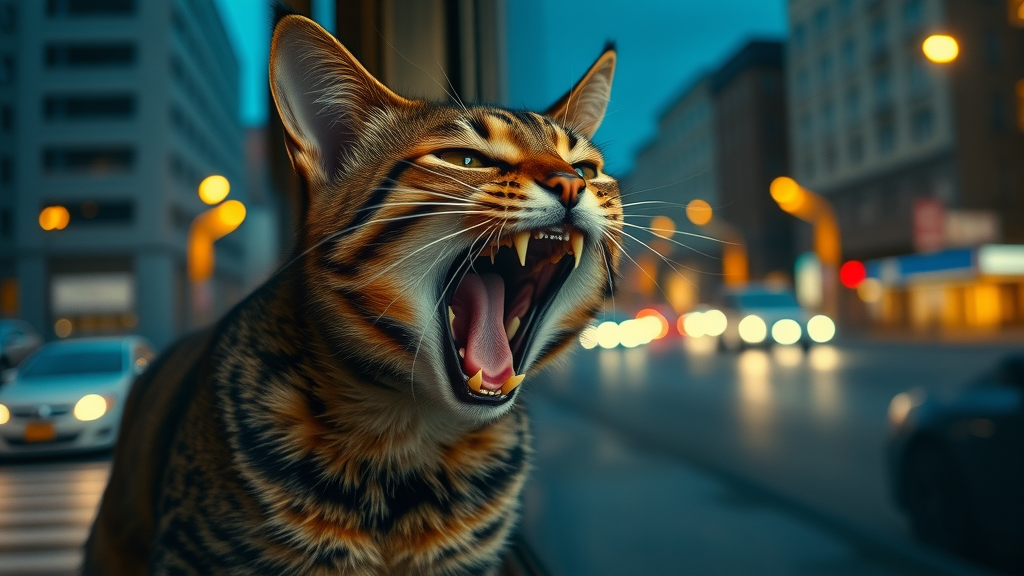
Male cats —especially those not spayed or neutered—can exhibit special forms of cat meowing . Intense yowling, particularly at night or when near open windows, is usually related to mating behaviors or defending territory from rival cats. Even spayed or neutered males may occasionally vocalize as they patrol their “turf” or react to roaming females outside.
Furniture marking, howling, and restless pacing accompany these vocalizations, especially in spring breeding season. If your male cat is making noise and trying to escape, spaying or neutering usually reduces both the urge and the volume. However, some older cats may continue “singing” if it’s become a habitual response—positive redirection and calming routines are crucial for peace at home.
How to Stop Meowing: Practical Solutions for Excessive Cat Meowing
Training Techniques to Stop Meowing Excessively
Consistency is your greatest ally when addressing excessive meowing . Never reward undesirable noise with food, treats, or instant attention—instead, wait for a pause in the meows before providing positive reinforcement. This teaches your cat that calm behaviors get results, not constant vocalizing. Whether using treats, clicker training, or affectionate praise, reinforce quiet moments with rewards.
Avoid yelling or punishing your cat, as this can increase stress and worsen vocalization problems. If your cat meows at night, try establishing a pre-bedtime play routine to burn off energy and ensure that all basic needs (like a clean litter box and fresh water bowl) are met beforehand. Patience, structure, and gentle redirection form the heart of any successful stop meowing plan.
Environmental Enrichment and Calming Tips for Noisy Cats
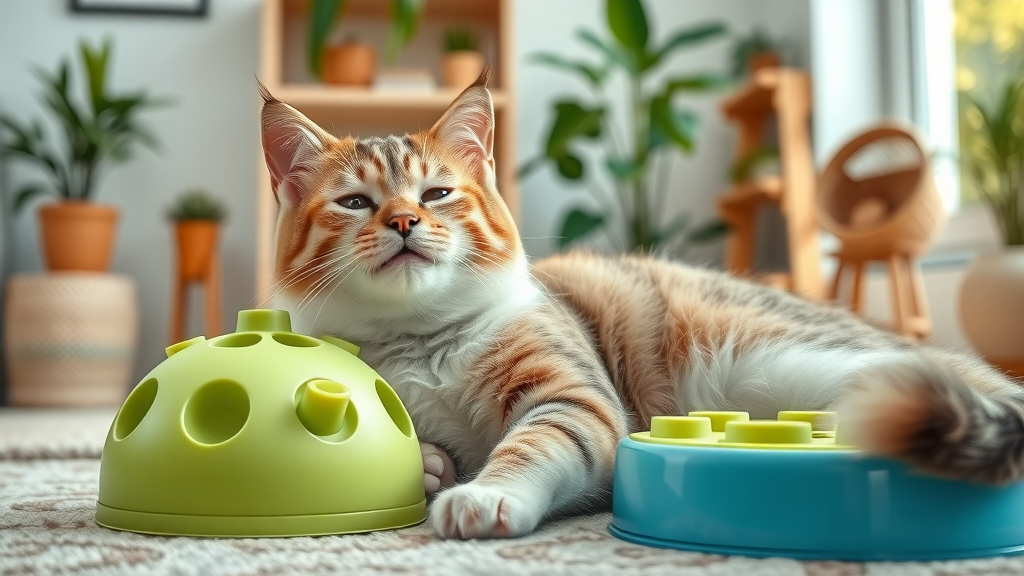
A bored cat is a noisy cat! Environmental enrichment is vital to preventing excessive meowing . Offer a mix of perching areas, scratching posts, interactive toys, food puzzles, and window views to keep your kitty engaged and happy. Regular play sessions with wands or laser pointers mimic hunting and help drain excess feline energy.
For more anxious cats, consider pheromone sprays, calming diffusers, or gentle background music during stressful events (like thunderstorms or fireworks). Creating a consistent, predictable environment—with feeding, playtime, and cuddle sessions at the same time each day—can work wonders to stop excessive vocalizations. Address any changes or disruptions gradually to avoid overwhelming your pet.
Addressing Litter Box Issues to Reduce Cat Meowing
If your cat meows persistently near the litter box , tackle the basics: scoop daily, clean fully each week, and ensure the box is big enough for your cat’s size. Try unscented, clumping litters, and experiment with box locations to find your cat’s preference. In multi-cat homes, add extra boxes to prevent disputes and ensure each feline feels comfortable and secure.
If your litter box hygiene is already excellent, but meowing continues, consult your vet to rule out urinary tract infection, constipation, or kidney disease. Some cats have sensitive paws or noses and need special low-dust or softer litters—finding the perfect fit can quickly resolve meowing linked to discomfort.
Why Is My Cat Meowing So Much? A Day in the Life of a Vocal Cat
Case Study: Real Cat Meowing Scenarios and Resolutions
Let’s put the theories into practice! Meet Bella, a two-year-old Siamese who began vocalizing from dawn until dusk. At first, her owner thought it was simply a case of a chatty breed —but when playtime, food, and cuddles weren’t enough, they consulted a veterinarian. Bella’s checkup revealed mild hyperthyroidism—a medical condition common in adult cats . With medication and a new enrichment routine, Bella’s meowing dropped dramatically, and her stress levels improved.
Another case: Oliver, an older rescue cat, started pacing and meowing at night. His new family discovered he was suffering from cognitive dysfunction . By adding night lights, sticking to a strict bedtime routine, and using brain-healthy supplements, Oliver’s family helped him settle into a much quieter nighttime routine. Each cat’s solution required close observation, patience, and—above all—a willingness to see the world through feline eyes.
"Understanding your cat’s meows starts with patience, observation, and sometimes, a bit of detective work." – Cat Behavior Specialist
People Also Ask: Answers to Your Top Cat Meowing Questions
Why is my cat being so vocal all of a sudden?
Sudden increases in vocalization can signal stress, a desire for attention, changes in the environment, or emerging health issues. Monitor for additional symptoms and consult a vet if any new behaviors arise rapidly.
When should I be worried about my cat meowing?
Be worried if your cat is meowing excessively and also showing signs of distress, lethargy, appetite changes, or sudden behavioral shifts. These could be indicators of medical problems that need swift attention.
Why does my cat walk around meowing?
Walking around while meowing can mean your cat is searching for something, feeling anxious, or seeking interaction. It’s common in bored, unspayed/neutered, or elderly cats experiencing cognitive changes.
What to do when your cat won't stop meowing?
Start by examining your cat’s environment and daily routine. Ensure basic needs are met, engage your cat with play, and seek veterinary advice to rule out medical causes if the behavior persists.
Frequently Asked Questions About Cat Meowing
-
Why do cats meow at night?
-
How do I tell the difference between normal and excessive meowing?
-
Is it bad to ignore a cat’s meows?
-
Will spaying or neutering reduce meowing?
-
Do kittens and adult cats meow for the same reasons?
Subscribe for More Solutions to ‘Why Is My Cat Meowing So Much?’
Stay informed. Stay inspired. Subscribe to our monthly pet newsletter for the best in cat and dog care. 🐾 Join now — your inbox will thank you.
Conclusion:
Decode your cat’s meows with attentive observation, address medical and behavioral needs, and use our proven tips to create a peaceful, happy feline home.
Understanding why your cat is meowing excessively is crucial for addressing their needs and ensuring their well-being. The article “Why Does My Cat Meow So Much?” by the North Shore Animal League ( animalleague.org ) provides comprehensive insights into common causes of increased vocalization, such as stress, health concerns, aging, and mating behaviors. It also offers practical solutions, including establishing routines and providing mental stimulation.
Additionally, the ASPCA’s guide on “Meowing and Yowling” ( aspca.org ) delves into various reasons behind feline vocalizations, from greeting behaviors to medical issues, and emphasizes the importance of veterinary consultations when changes in meowing patterns occur.
If you’re serious about understanding and managing your cat’s meowing, these resources will provide valuable information and actionable strategies.
 Add Row
Add Row  Add
Add 



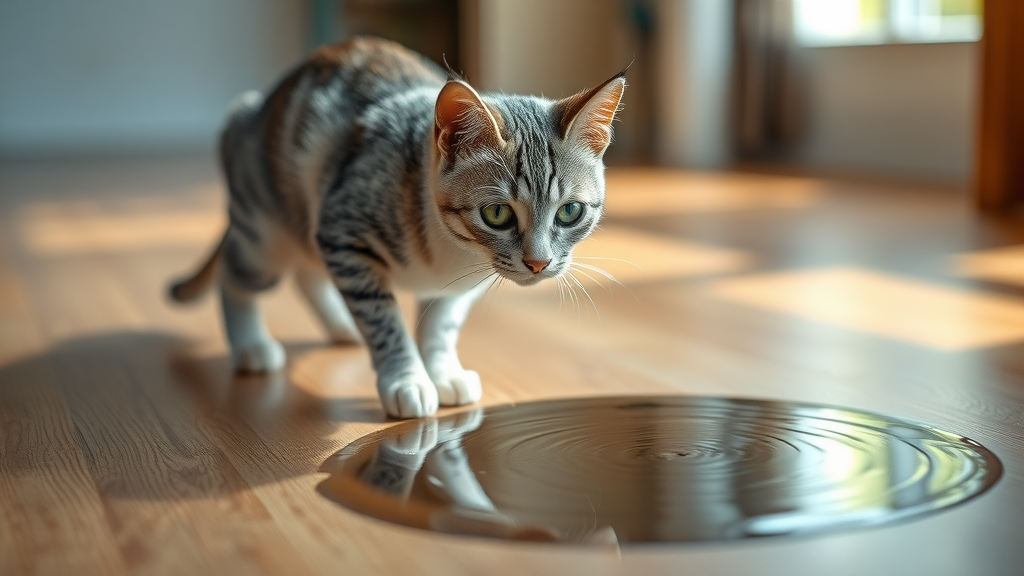
Write A Comment